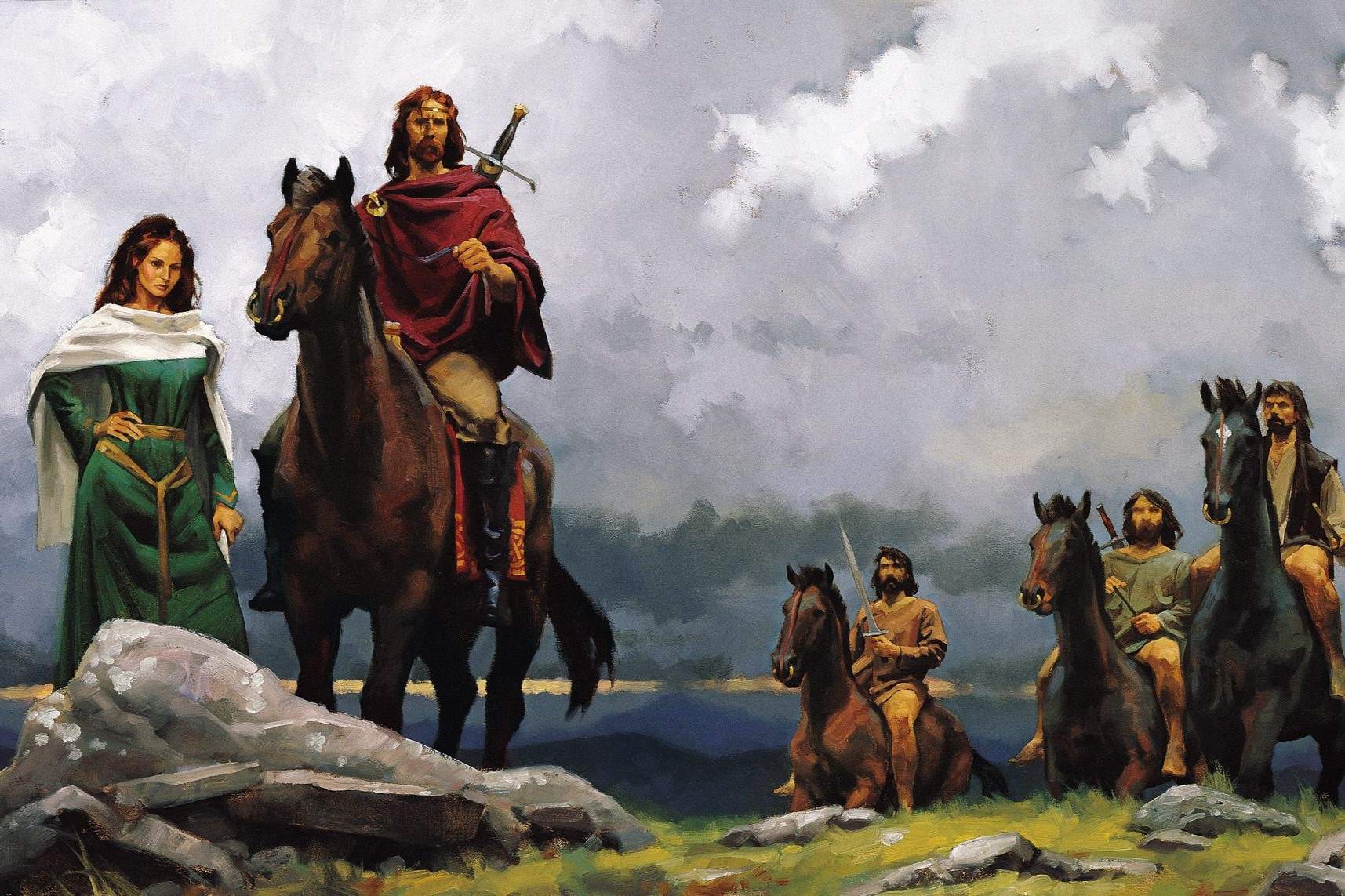
Did you know that the Leinster Revolt against Brian Ború was a pivotal moment in Irish history? This rebellion, which took place in the early 11th century, saw the Leinster kingdom rise against the High King of Ireland, Brian Ború. The conflict was fueled by political tensions, power struggles, and alliances that shaped the future of Ireland. Brian Ború, known for his efforts to unite Ireland, faced significant challenges during this revolt. The battle culminated in the famous Battle of Clontarf in 1014, where Brian Ború's forces clashed with the Leinster and Viking armies. Understanding this revolt provides insight into the complex dynamics of medieval Ireland. Let's dive into 25 fascinating facts about the Leinster Revolt and its impact on Irish history.
Key Takeaways:
- The Leinster Revolt against Brian Ború was a pivotal event in Irish history, involving alliances, battles, and a power vacuum after the High King's death at the Battle of Clontarf in 1014.
- The Battle of Clontarf, where Brian Ború was killed, shaped Ireland's political landscape, leaving a lasting legacy and cultural impact, commemorated in literature, art, and national symbols.
The Leinster Revolt: A Brief Overview
The Leinster Revolt against Brian Ború was a significant event in Irish history. It involved complex political maneuvers, alliances, and battles. Here are some fascinating facts about this historical episode.
-
Brian Ború was the High King of Ireland during the revolt. He aimed to unify Ireland under his rule.
-
The revolt occurred in the early 11th century, around 1014.
-
Leinster was one of the five ancient kingdoms of Ireland, located in the southeast.
-
Máel Mórda mac Murchada was the King of Leinster who led the revolt against Brian Ború.
-
Dublin played a crucial role in the revolt. The Norse-Gaelic kingdom of Dublin allied with Leinster.
Key Figures and Alliances
Understanding the key players and their alliances provides insight into the dynamics of the revolt.
-
Sigtrygg Silkbeard, the Norse King of Dublin, supported Máel Mórda in the revolt.
-
Máel Sechnaill mac Domnaill, the King of Mide, initially opposed Brian Ború but later allied with him.
-
The Battle of Clontarf was the climax of the revolt, fought on April 23, 1014.
-
Vikings from the Isle of Man and Orkney also joined the Leinster-Dublin alliance.
-
Gormlaith ingen Murchada, Máel Mórda's sister and Brian Ború's ex-wife, played a role in inciting the revolt.
The Battle of Clontarf
The Battle of Clontarf was a decisive confrontation that shaped the outcome of the revolt.
-
Brian Ború was killed during the Battle of Clontarf, though his forces won the battle.
-
Brodir, a Viking leader, is said to have killed Brian Ború in his tent.
-
Murchad, Brian Ború's son, also died in the battle.
-
The battle lasted from sunrise to sunset, involving thousands of warriors.
-
The River Tolka ran red with blood due to the intensity of the fighting.
Aftermath and Legacy
The aftermath of the revolt had lasting impacts on Ireland's political landscape.
-
Máel Mórda was killed during the Battle of Clontarf.
-
Sigtrygg Silkbeard survived the battle and continued to rule Dublin.
-
Brian Ború's death led to a power vacuum and subsequent struggles for the High Kingship.
-
The battle is often seen as a victory for the Irish over the Vikings, though it was more complex.
-
Brian Ború is remembered as a national hero in Ireland.
Cultural and Historical Impact
The Leinster Revolt and the Battle of Clontarf have left a rich cultural legacy.
-
The Cogadh Gaedhel re Gallaibh is an epic written about the conflict, translating to "The War of the Irish with the Foreigners."
-
Brian Ború's harp is a national symbol of Ireland, appearing on coins and official documents.
-
The revolt has been depicted in various works of literature, music, and art.
-
Clontarf is now a suburb of Dublin, with many landmarks commemorating the battle.
-
The revolt and battle are studied extensively in Irish history, symbolizing the struggle for unity and independence.
Final Thoughts on Leinster's Revolt
Leinster's revolt against Brian Ború was a pivotal moment in Irish history. It showcased the complex web of alliances and rivalries that defined medieval Ireland. Brian Ború, a legendary High King, faced significant opposition from Leinster and its allies, leading to the famous Battle of Clontarf in 1014. This battle, often seen as a struggle for Irish unity, ended with Brian's death but also weakened Viking influence in Ireland. The revolt highlighted the resilience and determination of Irish leaders and their people. Understanding these events gives us a deeper appreciation of Ireland's rich and tumultuous past. The legacy of Brian Ború and the Leinster revolt continues to be a source of national pride and historical interest. So, next time you think of Irish history, remember the bravery and complexity of those who shaped it.
Frequently Asked Questions
Was this page helpful?
Our commitment to delivering trustworthy and engaging content is at the heart of what we do. Each fact on our site is contributed by real users like you, bringing a wealth of diverse insights and information. To ensure the highest standards of accuracy and reliability, our dedicated editors meticulously review each submission. This process guarantees that the facts we share are not only fascinating but also credible. Trust in our commitment to quality and authenticity as you explore and learn with us.
